162
The Difference Between Passatages and Pliers That Even a Working Carpenter Didn't Know
Under the video with all sorts of homemade YouTube, you can often find critical comments of picky citizens. They say, not pliers, but passages, elongated roundkillers or even mysterious platypus. What's the difference? And how to finally stop confusing passages and pliers?

To answer this question, we decided to acquaint readers with the extensive family of hinge-sponge instrument. This will help you not to make mistakes with the choice of tools and clearly express your thoughts when communicating with a locksmith, electrician, carpenter or plumber.
Passages and pliers Bitters, ticks, bogocroses, round-cutters, passages, pliers and all their varieties belong to sponge tools. And designed, as you might guess, for manual installation work.
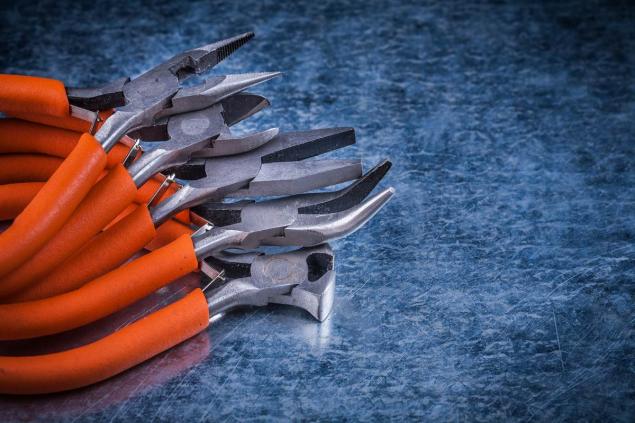
Most of these products have a similar design, consisting of a working part in the form of metal sponges and two handles. With their help, the processed materials are convenient to capture, hold, twist, pull and cut.
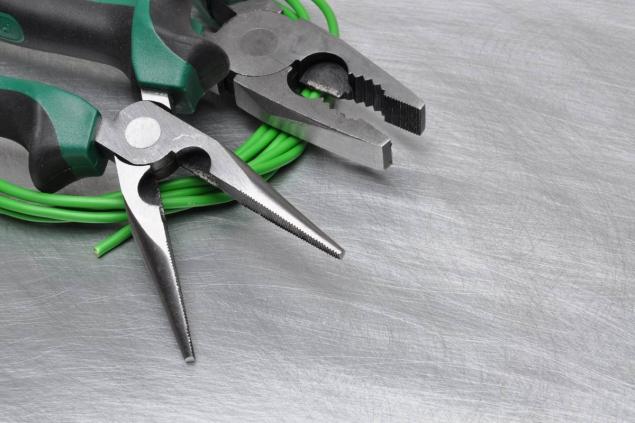
For electrical work, sponge tools are perfect, the handles of which have a special dieletic coating. Therefore, before buying, it is necessary to clarify with the seller what voltage they are designed for.
It so happened that in my family all the tools with two handles were simply called pliers. Therefore, I first heard about the passages from Vladimir Semenovich Vysotsky. Older readers probably remember: “Vanya, Vanya, we are needed in Paris – as in a bath of passage.”
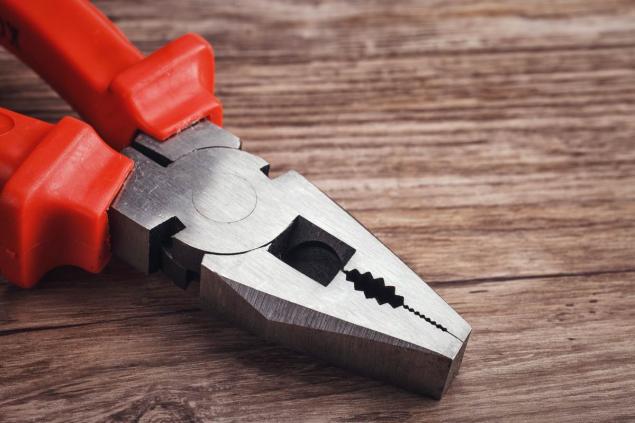
The name "passatigi" is French. Literally translated, it means “clamping the rod”. This is the most versatile and most common type of hinge-sponge tools. Unlike pliers, sponges of passages have oval grooved notches.
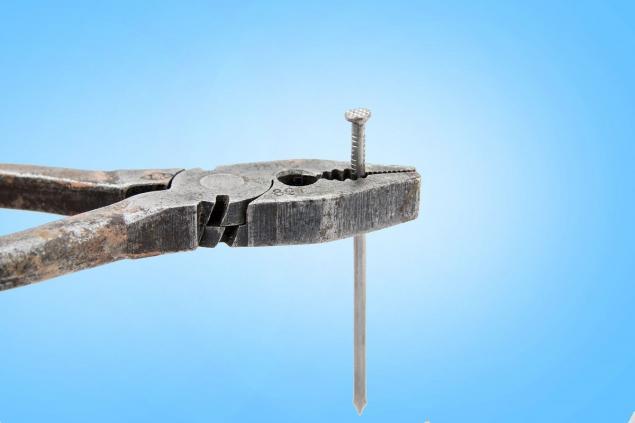
This design allows you to firmly hold the details of the cylindrical shape. Passages are usually made of more durable than pliers steel. Their lips are usually thicker and shorter. They are also equipped with cutters and cutters for snacking on wire.
Outwardly, flat-deaders resemble more universal passages (hence the confusion). But they usually do not have additional tools: bok cutters and grooved notches. Therefore, the passages are called combined pliers.
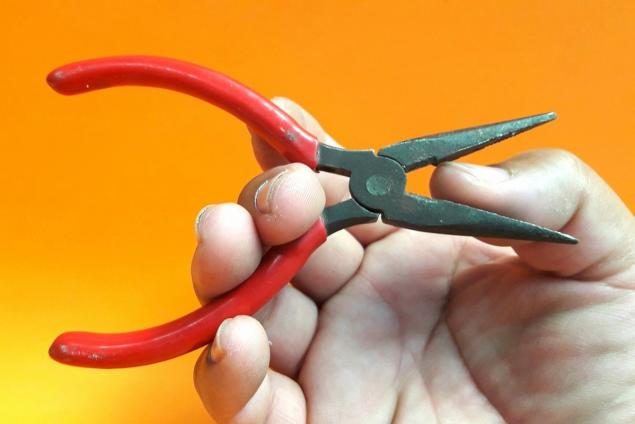
Depending on the specific task, pliers can have a very different shape. So, long-lips have sponges up to 20 cm long and resemble tweezers, to which handles from the passages were attached. They are designed to work in narrow holes.

Round-killers have a round cross section tapering to the end of the sponges. They are designed for curly bending of wire. The conical shape of the sponges allows you to make a bend with a different radius. Flatheads with curved sponges are used for installation of radiolectronic equipment and in jewelry.
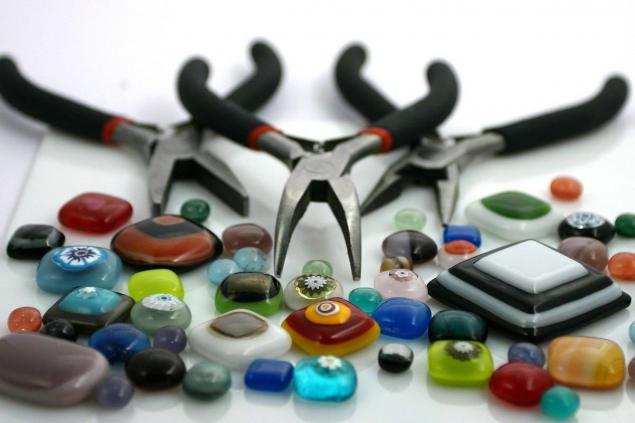
As we have already found out, passages can safely be called combined pliers. So there is nothing critical about continuing to call this universal tool pliers. The main thing is to know the design features and use them skillfully.

To answer this question, we decided to acquaint readers with the extensive family of hinge-sponge instrument. This will help you not to make mistakes with the choice of tools and clearly express your thoughts when communicating with a locksmith, electrician, carpenter or plumber.
Passages and pliers Bitters, ticks, bogocroses, round-cutters, passages, pliers and all their varieties belong to sponge tools. And designed, as you might guess, for manual installation work.

Most of these products have a similar design, consisting of a working part in the form of metal sponges and two handles. With their help, the processed materials are convenient to capture, hold, twist, pull and cut.

For electrical work, sponge tools are perfect, the handles of which have a special dieletic coating. Therefore, before buying, it is necessary to clarify with the seller what voltage they are designed for.
It so happened that in my family all the tools with two handles were simply called pliers. Therefore, I first heard about the passages from Vladimir Semenovich Vysotsky. Older readers probably remember: “Vanya, Vanya, we are needed in Paris – as in a bath of passage.”

The name "passatigi" is French. Literally translated, it means “clamping the rod”. This is the most versatile and most common type of hinge-sponge tools. Unlike pliers, sponges of passages have oval grooved notches.

This design allows you to firmly hold the details of the cylindrical shape. Passages are usually made of more durable than pliers steel. Their lips are usually thicker and shorter. They are also equipped with cutters and cutters for snacking on wire.
Outwardly, flat-deaders resemble more universal passages (hence the confusion). But they usually do not have additional tools: bok cutters and grooved notches. Therefore, the passages are called combined pliers.

Depending on the specific task, pliers can have a very different shape. So, long-lips have sponges up to 20 cm long and resemble tweezers, to which handles from the passages were attached. They are designed to work in narrow holes.

Round-killers have a round cross section tapering to the end of the sponges. They are designed for curly bending of wire. The conical shape of the sponges allows you to make a bend with a different radius. Flatheads with curved sponges are used for installation of radiolectronic equipment and in jewelry.

As we have already found out, passages can safely be called combined pliers. So there is nothing critical about continuing to call this universal tool pliers. The main thing is to know the design features and use them skillfully.
Why Goulash in Soviet catering was amazingly tasty
Five features of the house in Azeirbajan that cause respect























